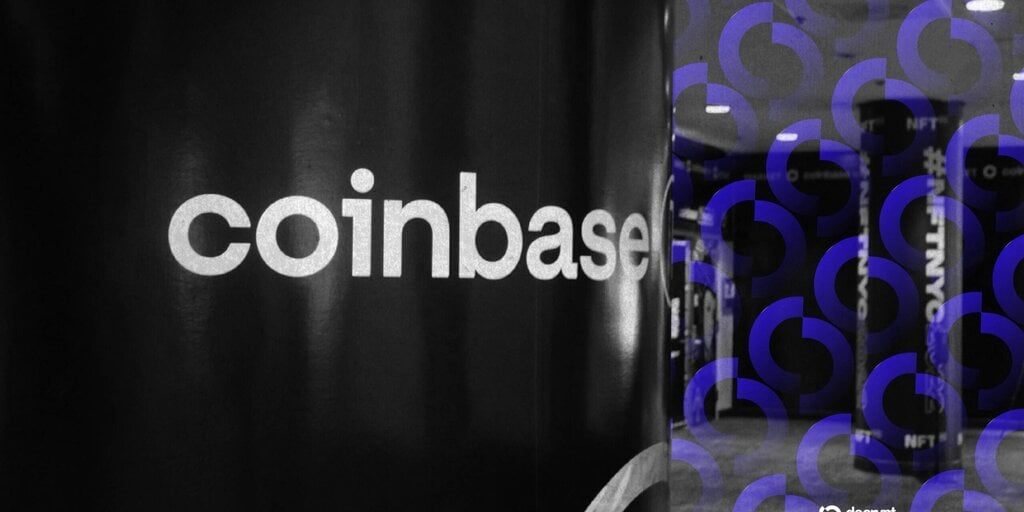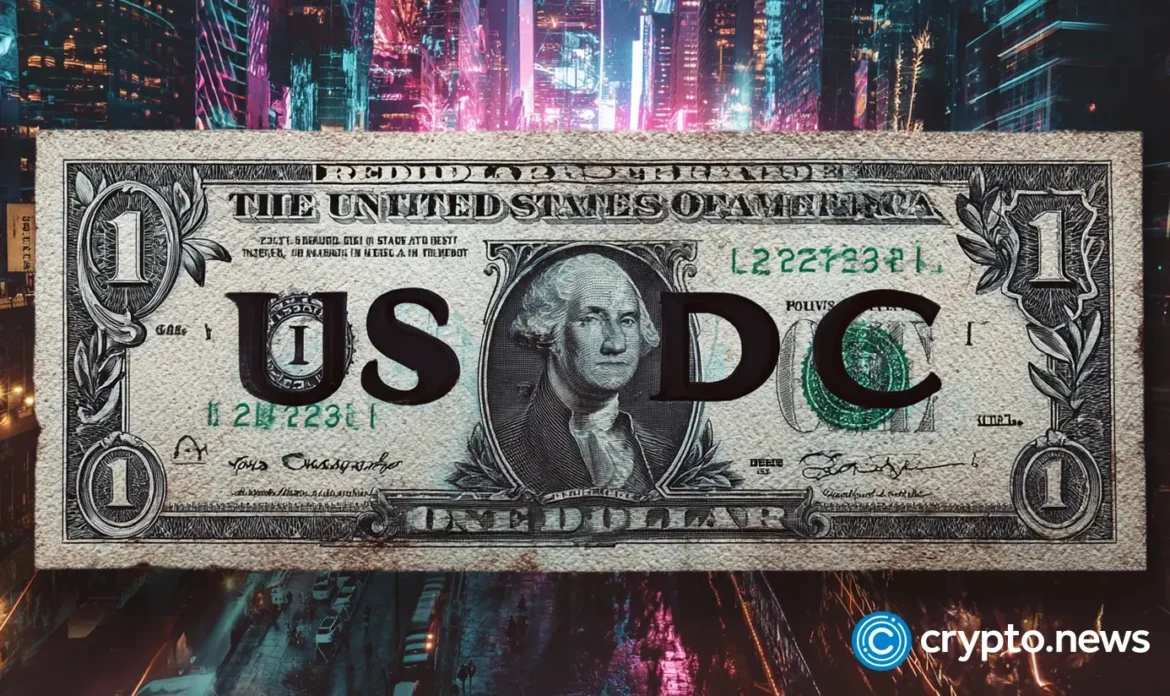Trusted Editorial content, reviewed by leading industry experts and seasoned editors. Ad Disclosure
With the Dogecoin price action slowing down over the week and the weekend action well underway, the possibilities remain muted as the price continues to struggle. The machine learning algorithm of the CoinCodex website has unveiled what crypto investors should expect from the meme coin over the weekend, and it is not bullish.
Muted Dogecoin Price Action To Continue Through The Weekend
The short-term prediction from the machine learning algorithm, which spans five days, shows that there wouldn’t be much happening for the Dogecoin price this weekend. While the algorithm predicts that the Dogecoin price will decline, it is not by a large margin.
With the small decline, the price is expected to continue to trend above the $0.26 level, which is less than a 2% decline from the current value at the time of this writing. This muted price action is prevalent and suggests that the meme coin might be consolidating for a while.
Source: CoinCodex
However, this muted price action will not endure for long, especially as the market is about to usher in a new month. The machine learning algorithm shows a possible price climb for the digital asset over the next month, forecasting a rise above the $0.3 region and reaching as high as $0.34 before the rally runs out of steam.
The Longer Timeframe Prediction
On the longer timeframe, the machine learning algorithm expects the Dogecoin price to actually maintain its hold on $0.3 once it reclaims it. This is especially as the market is headed into the last quarter of the year, which has been historically bullish for cryptocurrencies such as Dogecoin.
Rising above $0.3 would mean an over 15% increase in price, pushing it toward new local peaks. However, it is still a long way from its $0.73 all-time high, as the cryptocurrency is still trading over 60% below this peak level.
As for when the Dogecoin price could see new all-time highs, the machine learning algorithm suggests that it could be another 4-5 years, putting it above $0.73 by 2030. The price is also expected to hit $1 sometime in the next decade, meaning that investors may be waiting a while to see new peaks.
DOGE holds steady above $0.26 | Source: DOGEUSDT on TradingView.com
Featured image from Dall.E, chart from TradingView.com
Editorial Process for bitcoinist is centered on delivering thoroughly researched, accurate, and unbiased content. We uphold strict sourcing standards, and each page undergoes diligent review by our team of top technology experts and seasoned editors. This process ensures the integrity, relevance, and value of our content for our readers.










